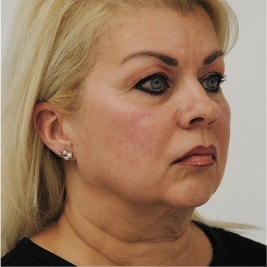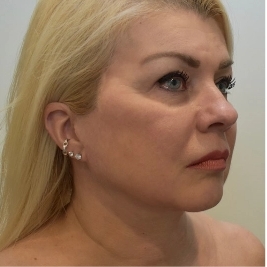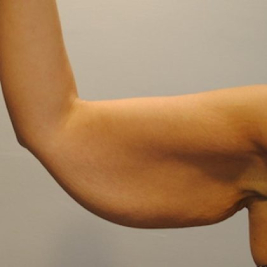What is it? First developed in Europe, liposuction was introduced in the United states in the early 1980. Nowadays, it is the most common aesthetic procedure carried out in the United State. It is also perhaps one of the most understood. Even though this intervention involves removal of fat, it is definitely not a replacement for dieting and exercise. It also not a treatment for generalized obesity. In spite of the fact that adopting a healthy diet and engaging in regular exercise is always a good idea, it is also true that localized fatty deposits in different body regions such as the hips, thighs and abdomen often may be inherited traits that simply cannot be rectified by an ameliorated lifestyle alone. Liposuction can thus be used to target and decrease unpleasant bulges that do not respond to usual weight-loss techniques, as well as to effectively sculpt and recontour various regions of the body. Liposuction can also be used in conjunction with surgical procedures that entail skin and/ or tissue removal, such as breast reduction, abdominoplasty, and facelift. Pre-op After having been evaluated during the consultation with Dr. Doumit and after discussing the best surgical plan to fulfills your desires and meet your individual needs, instructions will be given to you about how to prepare for your surgery. Guidelines on eating, drinking and medications such as avoiding aspirin or anti-flammatory medications that promote bleeding. As with all surgery in general, the patient should arrange to be accompanied to and from the surgery. The surgery In the traditional suction-assisted Lipoplasty (SAL), the surgeon will first insert a long, hollow tube, called cannula, through a tiny incision. To vacuum the fat layer beneath the skin, thus removing fatty deposits from particular regions of the body to achieve a recontoured silhouette. The incisions are usually no more than one-quarter inch in length and and can be strategically placed in unnoticeable places, such as in skin folds. With this intervention, you will have the least possible scarring. Nevertheless, in performing this method, the surgeon will guide the cannula back and forth through the fat layer to break up fat cells, which are then suctioned out. A vacuum pump or a large syringe may provide. If a syringe is used, the fat that is withdrawn may also be injected in other areas of the body, such as the face in order to fill in depressions, lines or add volume. LENGTH OF SURGERY 30 minutes to five hours, depending on extent of fat removal ANESTHESIA Local anesthesia, intravenous sedation, or general anesthesia RECOVERY Initial mild to moderate discomfort: pain medication; back to work in a few days; normal activities in one to two weeks; strenuous activities in one month. SWELLING & BRUISING Most subsides within a week to 10 days, mild residual up to three months. SCARS Tiny and inconspicuously placed Dr. Gaby Doumit is an assistant professor at the most famous universities- Cleveland Clinic Foundation and University of Montreal. Dr. Doumit is a skillful and experienced surgeon who first sits with you and takes the amount of time needed to understand your health condition in order to give you the most suitable options for you. Moreover, you will receive regular follow-ups, either pre or post-surgery to supply you with the essential information.
Before & After Photos
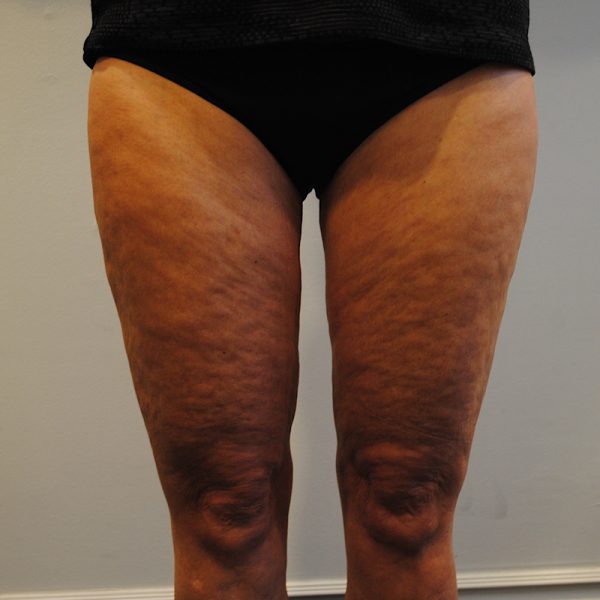
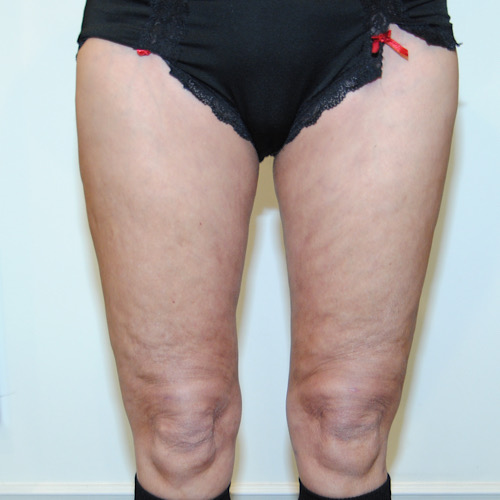
* Disclaimer: Those pictures represent real patients operated by Dr. Doumit. However, Patients results undergoing plastic surgery can vary from one to the other depending on multiple factors.
